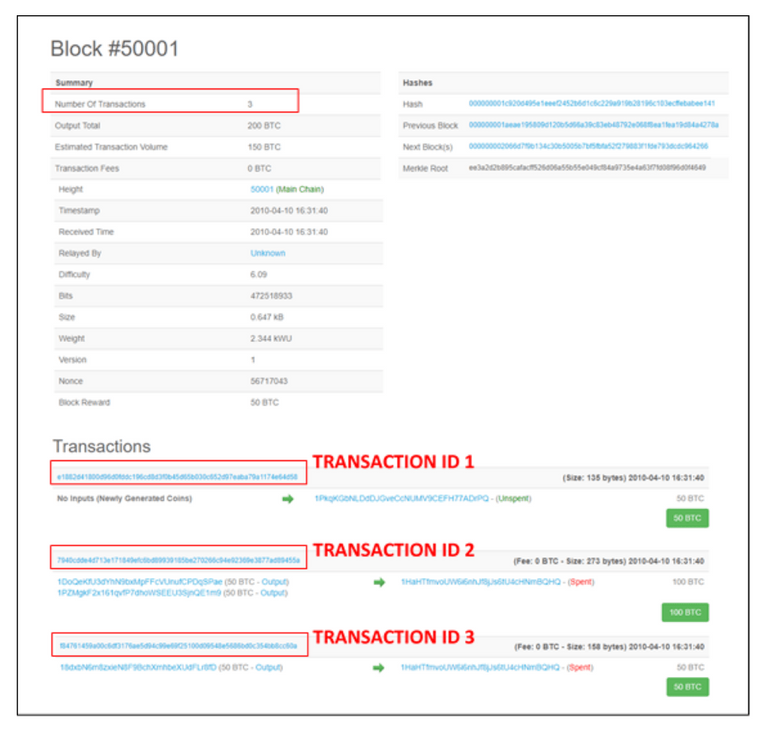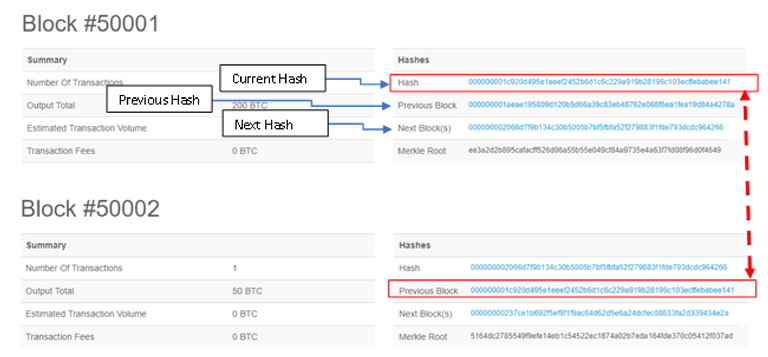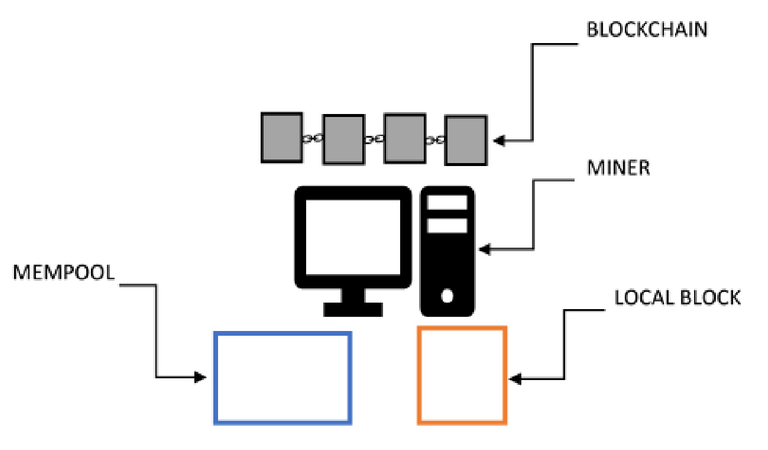Bitcoin is a game changer technology that disrupts the world of trades and finance.
Last 2017, it experienced a meteoric rise to fame enticing people to jump on the bandwagon leaving some a great fortune but others an unquenching loss.
But what really is this revolutionizing technology?
This write-up will give you a simple and practical introduction to Blockchain protocol but is enough to give you a comprehensive understanding of this elusive technology.
The Transaction
Let’s start our journey in getting acquainted with bitcoin with the basic trade, the transaction.
Meet John.
He is an engineer who regularly deposits his paycheck to his local bank. Let’s tag along with one of his transaction.
First, he handed the bank his paycheck.
Then the bank updates their record or more precisely their ledger to document his transaction.
In this modern time, most of the ledger is digital where the transactions are stored in a computer database. For the benefit of understanding blockchain, let’s consider the traditional ledger where all data are written in a paper called books.
Shown below is the diagram showing John's transaction.

The photo below shows a traditional book used as a ledger. Each book contains the records of transaction which are archived together with all the previous books.

Johns transaction is just one of the thousands or millions of transactions getting recorded every single day in the macro scheme of things as shown below.

What you will realize is that all transactions are centralized to the bank which holds the control and power over the system. The bank has the authority to decide on how to manage the creditor's money and set policies for the system.
if the Bank mishandles the creditors' hard-earned money, get involved in a scandal, or get hacked, the people who puts their trust in the bank are the ones to suffer the consequences.
Ever wonder how the subprime mortgage which led to the financial crisis of 2008 started?
In summary, the diagram below shows the dependency of people to access banks' services.

This is where Blockchain comes into play. It promises to give the power back to the people. Through its protocol, people can transact interdependently without the need for intermediaries like banks.
The Blockchain
A blockchain is distributed database that keeps a record of transaction or information. To keep the system secure the records are grouped and stored in an encrypted file known as a block and added to a row of the previous blocks hence it was called blockchain.
Let’s follow the transaction that John did a while ago together with other records.

What is shown above is just a page of a ledger but multiple of transactions are being recorded every minute and get archived into books as shown below.

How does all that information relate to blockchain?
We have established that a blockchain is distributed database that keeps a record of transaction or information. This functionality is already accomplished by the traditional ledger in the example above.
A block is a file where digital transaction, information or data are permanently stored. It is simply the secure digital equivalent of a traditional ledger.

The snapshot below is an actual block for Bitcoin protocol. This is publicly available and can be accessed at this link: https://goo.gl/JBxuJH. You can see that this particular block is block #50001 which consists of 3 transactions; each has its respective transaction ID. Please go to the link for clarity.

In the traditional ledger the transactions are stored and grouped into pages but in the blockchain, the records are grouped and stored into an encrypted block making it super secure and added to a row of the previous blocks, again, this is how the term blockchain is coined.

Each block is cryptographically linked together by an algorithm called SHA-256 (Secure Hashing Algorithm 256) which is shown as “Hash” below. To demonstrate this let’s look at block #50001 and #50002

In the example above you can see that the “Previous Block” (Previous Hash) of block #50002 is identical with the hash of the block #50001. This is the cryptographic link that binds one block to the next block. It follows that block #50002 is cryptographically connected to block #50003 and so on and so forth.
The diagram below shows the simplified representation of how blocks are securely interconnected.

Do you remember all the information stored in block #50001?
This transaction has generated a unique HASH to which any alteration in the information stored in this block will prompt a drastic change in the blocks HASH. We know that the HASH of Block #50001 is identical with the previous HASH of Block #50002. This means that if someone tampered the data stored in block #50001 it will not be accepted because its HASH does not match to the recorded HASH of block #50002
In this scenario, the only way for someone, say a hacker, to get his amendment in block #50001 accepted is to also tamper the HASH of block #5002, but in doing so it will change the HASH of block #50002 which follows that he must do a great deal of work in altering the HASH of block #50003 and all the rest of the preceding blocks. Not to mention that the hacker must do this in all the millions of computers running the network.
As already mentioned, blockchain is run and managed by a network of millions of computers working together to verify transactions and to keep the ledger up to update and in consensus. This makes the system decentralized because the transaction is peer-to-peer as shown in the diagram below.

To understand how this works, I must introduce you to Bitcoin.
Bitcoin is a protocol that puts blockchain theory into practice.
So Blockchain is the technology and Bitcoin protocol is one of its application.
Bitcoin protocol is a set of rules that dictate how the network of computers will communicate with each other in keeping the system secure and in consensus. The Bitcoin blockchain exists in the millions of computers or nodes around the world as an exact copy of itself. In the original white paper of Satoshi Nakamoto (Bitcoin Inventor in 2008) he defines Bitcoin as A purely peer-to-peer version of electronic cash would allow online payments to be sent directly from one party to another without going through a financial institution. (Original paper can be found in this link: https://bitcoin.org/bitcoin.pdf ).
The electronic cash that Satoshi refers to is called bitcoin. A coin is an inherent asset of a blockchain protocol which expedites the interaction of the nodes and rewards people for mining. In short, Bitcoin is a blockchain protocol that has a digital asset called bitcoin (BTC).
The Bitcoin ecosystem consists of nodes, miners, and mining pools but for simplicity of explanation, we will focus on miners.
In the early days of bitcoin, a simple desktop CPU is capable of mining bitcoin but nowadays powerful mining rigs are required.
The diagram below shows the components that run the Bitcoin protocol.

In PART 2 of this blog post, we will dive deeper into how bitcoin protocol works and what makes it secure and immutable.
For the meantime, please post your questions in the comment box below and hit subscribe.
Congratulations @jrdeomampo! You have completed some achievement on Steemit and have been rewarded with new badge(s) :
Click on the badge to view your Board of Honor.
If you no longer want to receive notifications, reply to this comment with the word
STOPTo support your work, I also upvoted your post!
Do not miss the last post from @steemitboard!
Participate in the SteemitBoard World Cup Contest!
Collect World Cup badges and win free SBD
Support the Gold Sponsors of the contest: @good-karma and @lukestokes